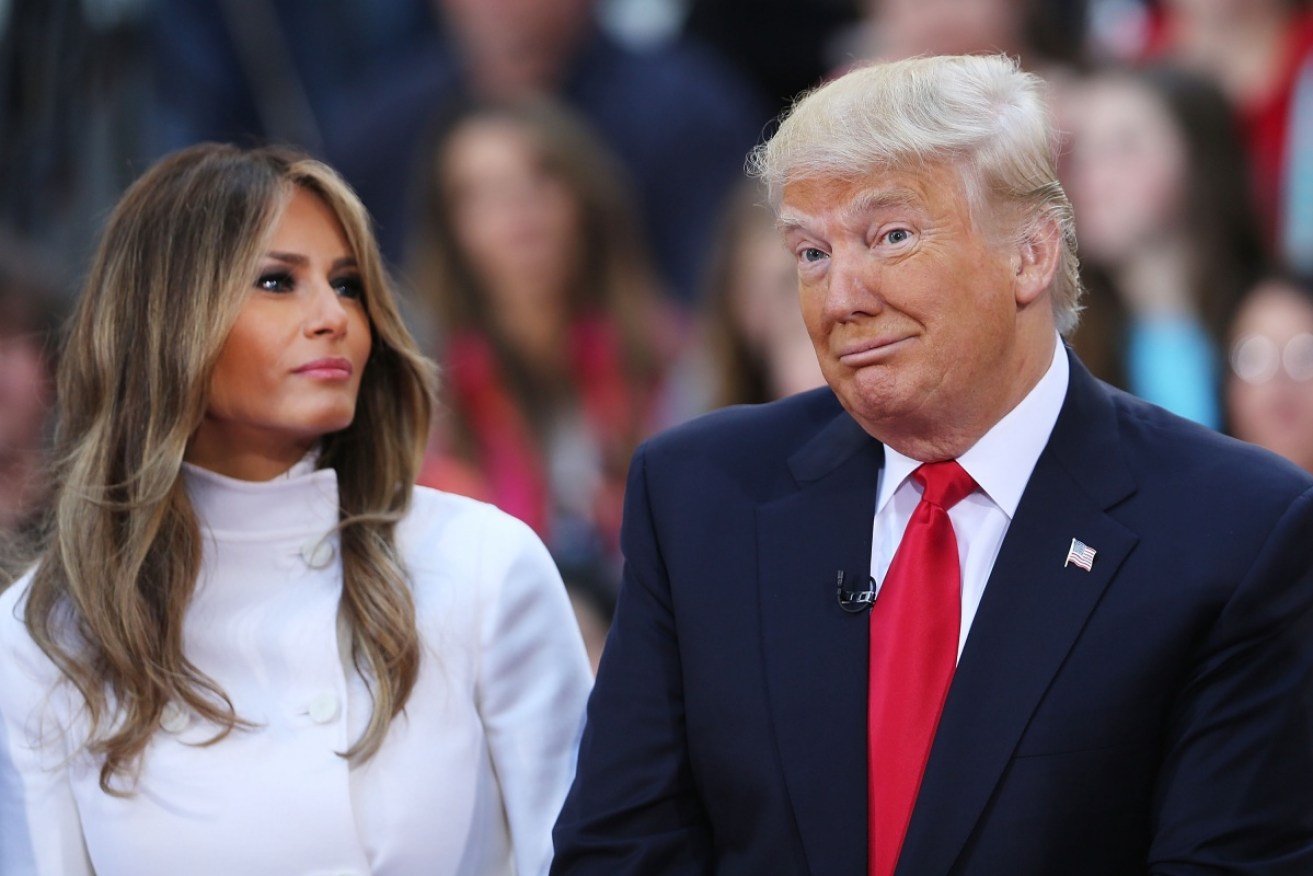Donald Trump’s rise to push up fixed rate loans


Trump had previously said he would not settle. Photo: Getty
With the outspoken and seemingly unpredictable Donald Trump now set to move into the White House, Australians are wondering how they will be affected by the change that shook the world.
If you’re going for, or want to roll over, a fixed-rate home or business loan, you could be see rate hikes as early as next week.
That’s because the long-term bond market has been rocked, with interest rates spiking dramatically.
Bond yield shock
“Australian 10 year bond yields have risen 25 basis points and in the US it’s 35 basis points,” said Laurie Conheady, fixed interest strategist with JB Were.
“That’s quite dramatic; we usually see changes of two or four basis points. It’s reflected across all global bond markets,” he said.
It puts bond yields at 2.5 per cent in Australia and 2.15 per cent in the US and means interest rates are rising strongly in the long term market, as this chart shows.
While bond rates don’t affect variable home mortgages in the short term, they influence fixed rate deals.
“Bond rates affect the cost of borrowing for governments but they are also used as a reference to set fixed rate loans,” independent economist Stephen Koukoulas told The New Daily.
“We should see hikes in rates for fixed-term loans over say two to five years very soon,” he said.
That would affect both home owners and business people seeking fixed rate loans, he said.
Justine Davies, researcher with research group Canstar, said “it’s definitely something to keep your eye on for the next week or two.”
Paul Bloxham, chief economist with bank HSBC, said the election of Mr Trump with his policies of borrowing and spending have created “an expectation of higher inflation which would lead to higher interest rates and that is being reflected in the bond markets”.
Variable Mortgages
If you are a home buyer or have a big consumer debt with variable interest rates you may have just got lucky, but only for a while.

The Fed has its finger on the trigger. Photo: Getty
The US Federal Reserve has been trying to pull the trigger on higher interest rates for a year or so but has always lost its nerve at the last minute.
However at its next meeting in December it was virtually committed to a rate hike.
“The Fed will now postpone rate hikes because the effects of the election will take a few months to unfold,” Mr Koukoulas told The New Daily.
That caution is likely to hit Reserve Bank of Australia, which has been juggling economic weakness in some sectors with rising commodity prices.
The Fed holding its fire will be an extra pressure on the RBA to do nothing.
“I expect the RBA to do nothing in the short term,” said Alex Joiner, chief economist with IFM Investors.
Equities and the economy

Reagan defence spending helped create a boom. Photo: Getty
Equities fell then bounced this week.
The bounce was in part because investors think, or hope, that Donald Trump’s $US450 billion commitments to drop taxes and spend big on infrastructure will boost both the US economy and Australia’s resource exports.
Independent economist Saul Eslake said some of the optimism is built on the experience of the 1980s when an incoming president Ronald Reagan cut taxes and spent up big on defence, boosting the economy with five years of 4.5 per cent growth.
Trump is not Reagan
But things are different this time.
“When Ronald Reagan came to power interest rates were 17.5 per cent and he cut them back to 6.5 per cent. Now they are virtually zero and there’s little scope to cut,” Mr Eslake said.
“Reagan started with a debt of 21 per cent of GDP and boosted it to 35 per cent. Now it’s 75 per cent so there’s a lot less scope to increase it.”
“Unemployment at the beginning of the Reagan years was 10 per cent and now its 4.9 per cent. The working age population was growing at around 1 per cent whereas its now 0.2 per cent.”
All that means it’s hard to push US growth back to 4.5 per cent, Mr Eslake said.








